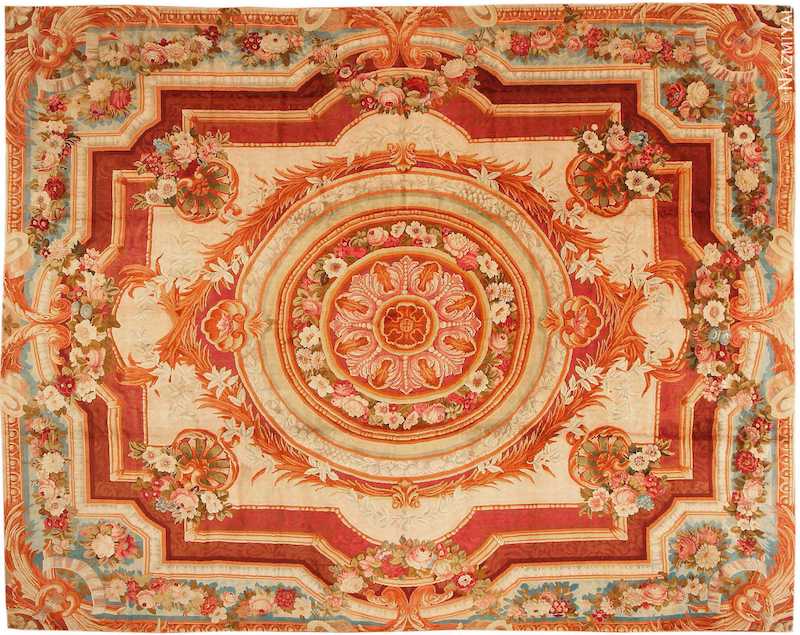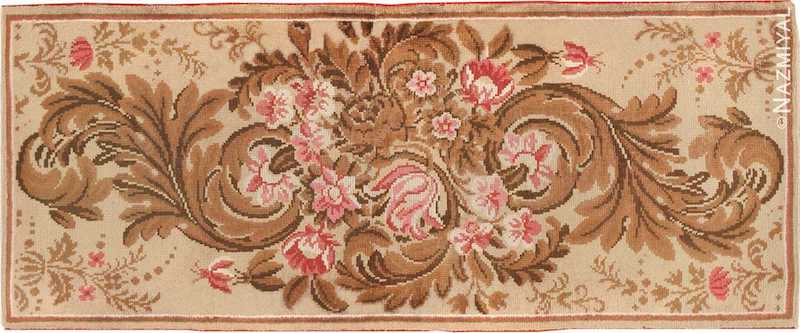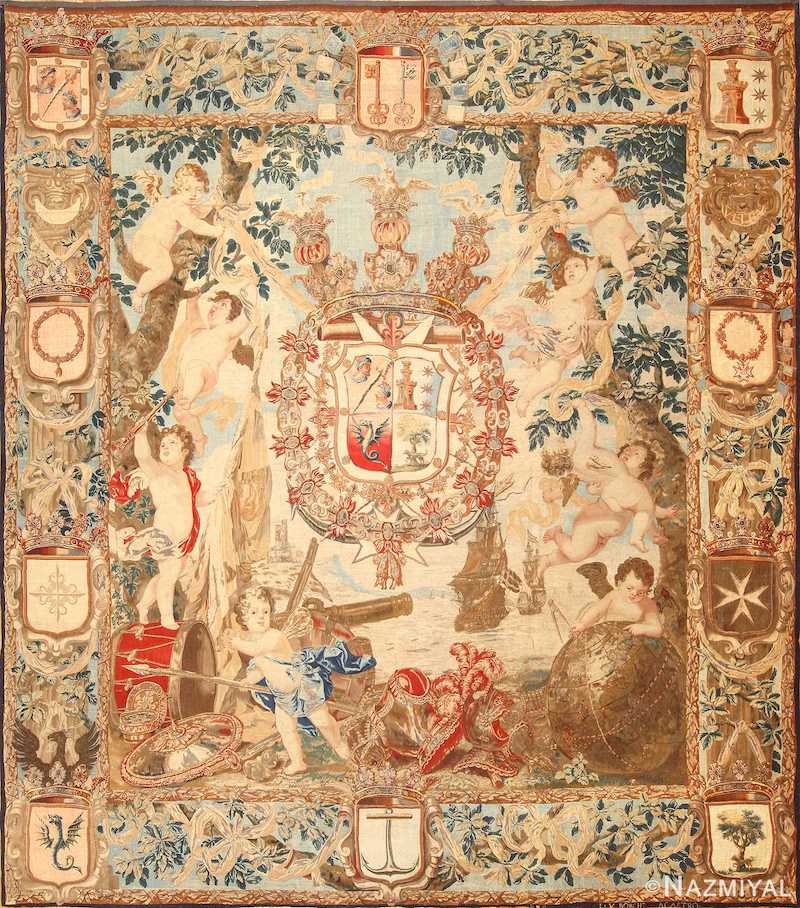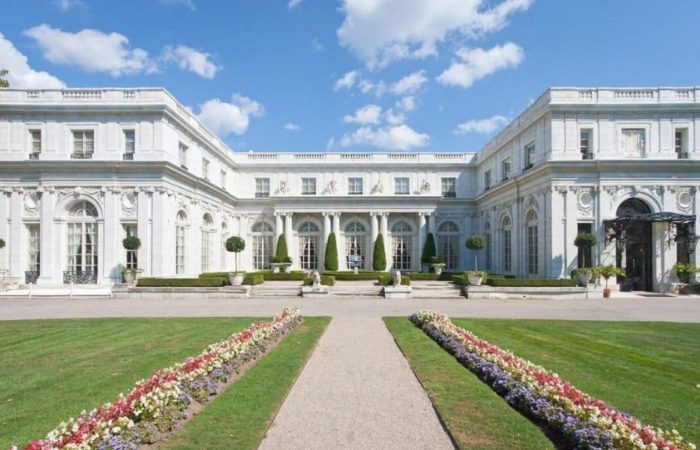Architecture Styles: The Tudor Style House
What Does “Tudor” Mean?
The term “Tudor” refers to a historical period and dynasty in England. The Tudor dynasty ruled England from 1485 to 1603 and was characterized by the reigns of five monarchs: Henry VII, Henry VIII, Edward VI, Mary I (also known as “Bloody Mary”), and Elizabeth I.
The word “Tudor” is often used to describe the architectural, artistic, and cultural style associated with this period. Tudor architecture, for example, is known for its distinctive features such as half-timbered buildings, steep gabled roofs, large chimneys, and ornamental details. Tudor art and culture also had a significant impact on literature, music, and theater during the Renaissance period in England.
Today, the term “Tudor” is commonly used to refer to anything related to or reminiscent of the historical period, including historical events, figures, fashion, and design elements.
What Is A Tudor Style House?
Tudor style houses are easily recognizable and have been around for what seems like forever. Charming, intricate, and classic, they have been an iconic home style in North America since the 19th century. There are many beautiful elements that define these homes and they have a full, rich history.
The Tudor style house, also known as Tudor Revival or Tudor Cottage, is an architectural style that emerged in the late 19th century and gained popularity in the early 20th century. It draws inspiration from the Tudor period in English history, specifically the architectural elements of the late medieval and early Renaissance periods.
Let’s explore how to spot one and what makes them so special.
Key features of Tudor style houses include:
- Steeply pitched roofs: Tudor houses often have multiple gables and steeply pitched roofs, usually covered with slate or thatch.
- Half-timbering: One of the most distinctive features of Tudor houses is the exposed wooden framework known as half-timbering. The spaces between the wooden beams are then filled with stucco, brick, or stone.
- Decorative chimneys: Tudor houses typically have large, prominent chimneys made of brick or stone. The chimneys may feature ornate patterns or decorative detailing.
- Elaborate doorways: The entrance doors of Tudor houses are often arched and can be quite elaborate, featuring intricate carvings or decorative hardware.
- Windows: Tudor houses commonly have casement windows, which are hinged on one side and open outward. The windows are usually divided into multiple smaller panes with leaded glass, forming diamond or rectangular patterns.
- Stone or brick exteriors: The lower portions of Tudor houses are often constructed with stone or brick, which provides a solid base for the half-timbered upper stories.
- Cross gables: Tudor houses frequently feature cross gables, where the main roofline intersects with a secondary gable, creating additional visual interest.
- Ornamental details: Tudor style houses are known for their decorative elements, including carved woodwork, finials, and other intricate embellishments.
It’s worth noting that Tudor style houses can vary in size and complexity, ranging from large, grand mansions to smaller, more modest cottages. The style has been adapted and incorporated into various architectural designs around the world, making it a recognizable and enduring architectural style.
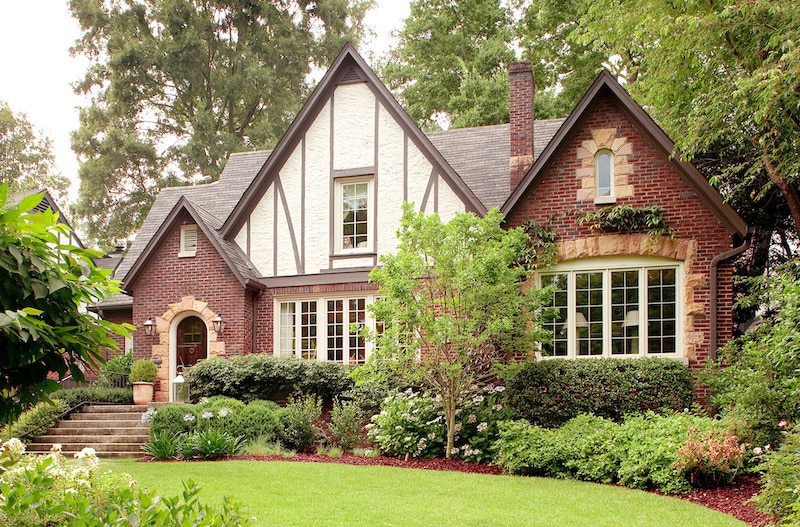
Tudor Style House
History of the Tudor Style House
Tudor homes are so named because they came into popularity in Europe during the reign of Henry Tudor VIII. Reflective of the time period in which they originated, they use lots of Medieval and Renaissance motifs and methods. In the late 1800s, architects who traveled from Europe to the Americas brought the style with them. The style grew in popularity and peaked in the 1920s and 1930s, where it was a common home style for financially successful families. The homes were even nicknamed “Stockbroker’s Tudors” in these decades. Around World War II, it began to fall out of popularity as colonial style homes took over. However, these homes are still seen around Europe and America today.
Elements of Tudor Architecture
All Tudor style houses have a few distinct characteristics that define them. They include steep pitched gable roofs, brick or partial brick exterior, masonry, stonework, and glass windows that are often leaded, a nod to medieval architecture. To truly be a Tudor style house, it must be built with high quality materials and craftsmanship.
The architecture of these homes includes lots of decoration and intricate stonework. Gables overlap for visual interest and texture. Windows are grouped together and often in shapes other than the standard rectangular, including partially rounded or diamond shaped. Another element that many of these homes have is the so-called Tudor chimney. These are brick chimneys that usually include a stone or metal extension at the top.
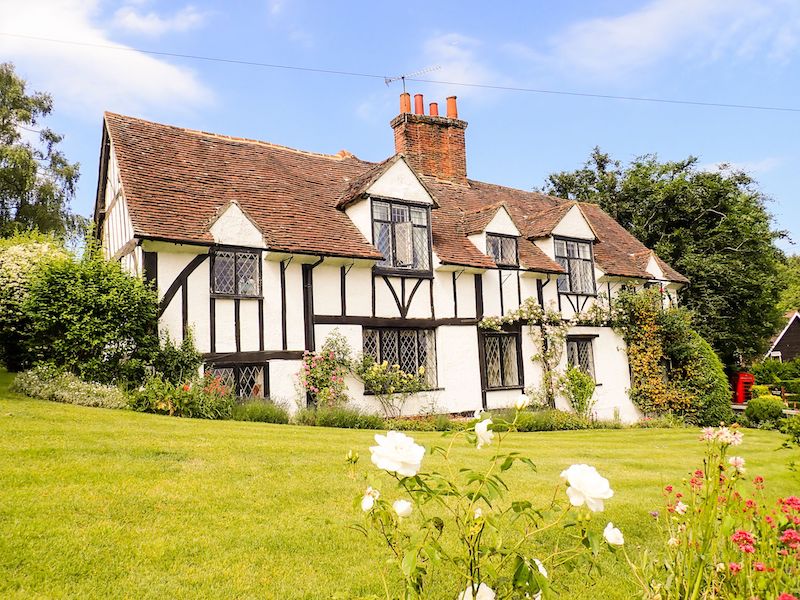
A Tudor style house with a Tudor chimney.
What is special about a Tudor house?
A Tudor house, also known as a Tudor-style house or Tudor Revival, is a type of architectural style popularized during the Tudor period in England (1485-1603).
Here are some distinctive features that make Tudor houses unique:
- Half-timbered construction: One of the most recognizable features of Tudor houses is the use of exposed timber framework known as half-timbering. The wooden beams form a decorative pattern on the exterior walls, creating a striking visual effect.
- Steeply pitched roofs: Tudor houses typically have steeply pitched roofs, often with multiple gables and varying rooflines. The roofs are usually made of slate or thatch and can be quite prominent, adding to the dramatic appearance of the house.
- Decorative chimneys: Tudor chimneys are often large and elaborate, with multiple stacks and ornamental brickwork. The chimneys serve both functional and aesthetic purposes, providing ventilation for the fireplaces and adding character to the house’s exterior.
- Tall, narrow windows: Tudor houses typically feature casement windows with small glass panes, often arranged in a diamond or rectangular pattern. The windows are framed by thick wooden mullions and transoms, adding to the overall medieval aesthetic.
- Elaborate entryways: Tudor houses often have grand, ornate entryways with arched doorways, decorative carvings, and sometimes a projecting porch or canopy. The entryway serves as a focal point and showcases the craftsmanship associated with the Tudor style.
- Stucco or stone exteriors: Tudor houses may have exteriors made of stucco, stone, or a combination of both. The combination of exposed timber framing with contrasting materials gives Tudor houses a distinctive and textured appearance.
- Interior features: Inside a Tudor house, you may find exposed wooden beams, stone fireplaces, decorative paneling, and other architectural details that reflect the period’s style. These elements contribute to a cozy and rustic atmosphere.
It’s worth noting that Tudor-style houses have remained popular in architectural revivals throughout history, even in regions outside of England. Today, you can find Tudor-inspired homes around the world, showcasing these unique design elements.
Why are Tudor houses so popular?
Tudor houses are popular for several reasons:
- Architectural Beauty: Tudor houses have a distinct and picturesque appearance that stands out among other architectural styles. The combination of exposed timber framing, steep roofs, decorative chimneys, and intricate details creates a visually appealing and charming aesthetic.
- Historical Significance: The Tudor period in England is regarded as a significant era in history, marked by the reigns of notable monarchs like Henry VIII and Elizabeth I. Tudor houses evoke a sense of nostalgia and connection to this rich historical period, attracting those interested in history and cultural heritage.
- Timeless Appeal: Despite being associated with a specific historical period, Tudor houses have a timeless quality. Their architectural features and craftsmanship have endured for centuries, transcending trends and remaining desirable to homeowners who appreciate classic and enduring styles.
- Cozy and Inviting Atmosphere: Tudor houses often have warm and cozy interiors, with exposed wooden beams, stone fireplaces, and intricate paneling. These features create a sense of warmth and character, making Tudor houses particularly inviting and appealing to those seeking a cozy home environment.
- Symbol of Prestige: Tudor houses are often associated with wealth and prestige. During the Tudor period, these homes were typically owned by nobles, wealthy merchants, or influential individuals. The grandeur and craftsmanship displayed in Tudor houses continue to evoke a sense of status and luxury.
- Architectural Revivals: Tudor-style houses have experienced revivals throughout history, including during the Victorian and Edwardian eras and in the 20th century. This has contributed to the enduring popularity of Tudor houses as they have become ingrained in architectural traditions and are often sought after for their unique and iconic design.
- Versatility: The Tudor architectural style can be adapted to different sizes and budgets, allowing for a range of variations from grand manor houses to more modest dwellings. This versatility makes Tudor houses accessible to a broader range of homeowners, contributing to their enduring popularity.
Overall, the popularity of Tudor houses can be attributed to their timeless beauty, historical significance, cozy atmosphere, and association with prestige. These factors combine to create a lasting appeal that continues to captivate homeowners and architecture enthusiasts alike.
Are Tudor houses expensive?
The cost of Tudor houses can vary depending on various factors such as location, size, condition, and specific architectural details. Generally, Tudor-style houses tend to be on the higher end of the price spectrum due to their unique and desirable characteristics.
Here are a few factors that can contribute to the expense:
- Architectural Authenticity: Authentic Tudor houses, built during the Tudor period or in line with the historical architectural style, can be rare and highly sought after. Original features and craftsmanship add to the value and price of such properties.
- Location: Like any real estate, the cost of Tudor houses is influenced by the location. Houses in desirable neighborhoods or areas with high property values tend to be more expensive, regardless of the architectural style.
- Size and Amenities: The size of the Tudor house and the range of amenities it offers can impact the price. Larger properties with more rooms, extensive land, or additional features such as swimming pools or gardens may command higher prices.
- Renovation and Maintenance: Tudor houses, especially older ones, may require ongoing maintenance and periodic renovations to preserve their historical integrity. Restoration costs can contribute to the overall expenses of owning a Tudor house.
- Rarity and Demand: The desirability and scarcity of Tudor-style houses can also influence their price. If there is high demand for Tudor houses in a particular area and limited availability, it can drive up the prices.
It’s important to note that while Tudor houses can be more expensive on average, there are variations within the market. Some Tudor-style homes may be more affordable if they are replicas or newer constructions inspired by the Tudor architectural style.
Ultimately, the cost of a Tudor house will depend on a combination of factors, and it’s advisable to consult with local real estate professionals or conduct research in your specific area to get a better understanding of the current market prices.
What is the difference between a modern Tudor and a Tudor?
The difference between a “modern Tudor” and a “Tudor” house. The term “modern Tudor” typically refers to a contemporary interpretation or revival of the Tudor architectural style. It is a newer construction that incorporates elements and design features inspired by the original Tudor houses but with modern materials, construction techniques, and architectural trends.
Here are a few key distinctions between a “modern Tudor” and a “Tudor” house:
- Time Period: A “Tudor” house refers to a house that was built during the historical Tudor period in England (1485-1603) or replicates the architectural style of that era. On the other hand, a “modern Tudor” is a newer construction that draws inspiration from Tudor houses but is built in a more recent time period.
- Authenticity: Tudor houses are authentic structures from the Tudor period or faithful reproductions that adhere closely to the architectural style of the time. They often feature genuine timber framing, traditional construction techniques, and historical details. In contrast, modern Tudor houses incorporate contemporary building materials, construction methods, and design elements while still capturing the essence and character of Tudor architecture.
- Design Variations: Modern Tudor houses may exhibit design variations and adaptations to suit modern lifestyles and preferences. While they retain the overall Tudor aesthetic, certain elements, proportions, or details may be adjusted to accommodate contemporary living needs and architectural trends.
- Construction Techniques: Traditional Tudor houses were constructed using methods and materials available during the Tudor period, such as heavy timber framing, wattle and daub infill, and thatched or slate roofs. Modern Tudor houses, on the other hand, utilize modern construction techniques, such as lightweight timber framing, concrete or brick infill, and a wider range of roofing materials.
- Building Codes and Standards: Modern Tudor houses are subject to current building codes, regulations, and safety standards, which differ from those in place during the Tudor period. This means that modern Tudor houses will incorporate modern structural and safety features that may not be present in authentic Tudor houses.
In summary, a “modern Tudor” is a contemporary interpretation or revival of the Tudor architectural style, built using modern materials, techniques, and design sensibilities. It captures the essence of Tudor design while accommodating modern living standards and preferences.
Interiors of the Tudor Style House
These homes are heavy and the stonework and brick take up a lot of space, which is reflected on the inside of the house. The heavy walls and leaded windows often mean a lack of natural light, as well. This means the interiors of the home must complement the weight of the exterior. Make sure the materials you use in your interior decor do not clash with the medieval stone and masonry. For example, skip wood textures and choose to paint over them instead. Opulent, classic materials like bronze and tapestries are fitting decor pieces for the interior.

Tudor style houses have stunning exteriors, and are not built with the interior in mind.
It is important to note that these homes were built with the exterior architecture in mind, not the interior design. Unlike some other architectural styles, the interior of the home isn’t a perfectly symmetrical blank white box to decorate. They are asymmetrical, with varying room heights, angled hallways, and limited natural light. For those who are looking for a home that emulates an English manor, however, this is the perfect home and can look stunning both inside and out.
Here are some rugs and textiles from the Nazmiyal Collection that are perfect for a Tudor style house:
This architecture blog was published by Nazmiyal Antique Rugs.

